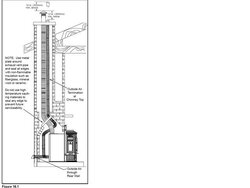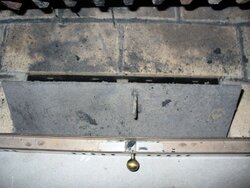MCPO
Minister of Fire
Because the air from an OAK is specifically directed into the combustion and up the chimney. It shouldn`t affect the equation of the normal household air.Glowball Worming Bust said:without the OAK fresh air will be brought into house for breathing purposes. too much is a waste of heat but too little can create health consequences. 1/3 indoor volume/ hr. exchange is ideal figure, i think, & inline with 72CFM figure.Giovanni said:Installing a pellet stove with an OAK does not in any way change the quantity of available air you breath in your home.
If you are OK without a stove why would that volume change with a stove and an OAK?
The purpose, function, design , or effect of a pellet stove should not be for drawing in fresh air to breath.



